How to make the perfect roti
Fayruza Abrahams of Taste Malay Cooking Classes maintains the secret to mastering the flaky texture of the beloved South African flatbread is patience.
As a child, I spent many memorable moments in our kitchen alongside my late gran, Asa, learning how to make breads and rotis. It took me a while to master her roti recipe, as I was an impatient child and making roti is a labour of love – resting the dough is crucial. She told me to keep myself busy with the meal accompanying the roti instead of twiddling my thumbs. My first lesson in effective time management in the kitchen, for sure!
My best advice is to get a head start. If you intend to have rotis at dinner, mix the dough at midday, then go about your day and revisit it later to add the butter and complete the roll-ups. I leave mine on a plate in the fridge, dusted with a bit of flour, until I need to fry them. Patience is an absolute necessity for making rotis.”
CAPE MALAY VS INDIAN?
While both are delicious, versatile vehicles for saucy curries, stews and dhals, there are some key differences between Cape Malay and Indian rotis. The former is buttery, flaky and made with all-purpose cake flour, while the latter has a firmer consistency that doesn’t flake easily, and is generally made with wholewheat flour (or a combo of wholewheat and all-purpose) and omits butter.
Fayruza’s step-by-step guide to making perfect rotis
Hot tip: Make a double batch of roti dough and freeze half for your next curry evening. The raw roti balls freeze very well.
Method

Sift 480 g flour, 2T self-raising flour and 1t salt together into a large, preferably glass, mixing bowl.

Add 1 T oil to 1½ cups of lukewarm water, then mix into the dry ingredients. Mix using a spoon first.

As soon as the mixture starts forming a ball, use your clean, floured hands to mix to a smooth, non-sticky consistency. Rather start with a sticky dough and add small amounts of extra flour as needed. It’s difficult to alter the texture of a dry, dense dough! I always keep a little water and extra flour next to me while making rotis.

Rest the dough for at least 20 minutes – smear the top with a tiny bit of oil, cover with a glass bowl and leave on the counter.

Knead the dough for at least 5 minutes until smooth and elastic. If it is not elastic, leave for another 5 minutes.

Divide the dough into roughly 8 to 10 balls, depending on the size you want. Smear with another drop of oil and rest again for 10 minutes, covered with clingwrap.

Roll each ball into a circle.

Smear with 1 T butter, sprinkle with a bit of oil, and dust with cornflour.

Roll each ball into a Swiss roll or sausage shape and twist into a roundish coil. Complete all the balls, then cover with clingwrap and chill for at least 15 minutes.

Roll each ball into a thin, circular shape and pan-fry in a non-stick pan over a medium to high heat until golden on both sides. Brush
a mixture of oil and melted butter onto both sides as you fry, but use sparingly. Fluff up
the rotis by clapping them between the palms of your hands to create flakiness.

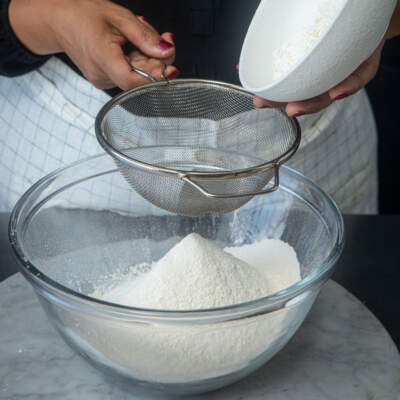
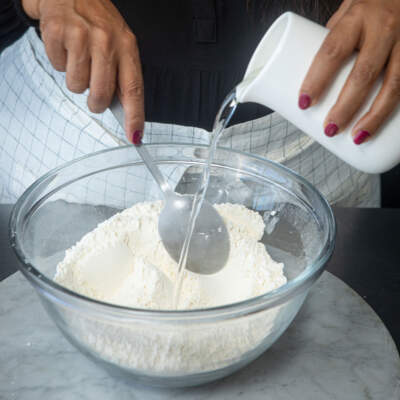
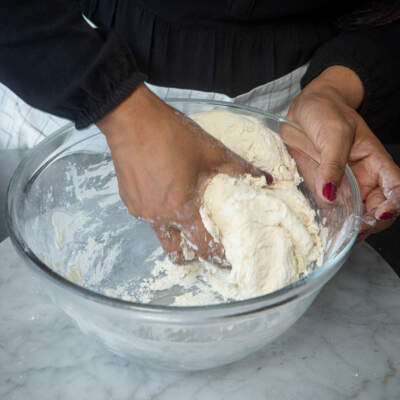

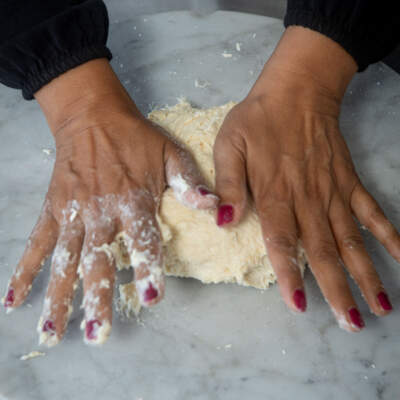

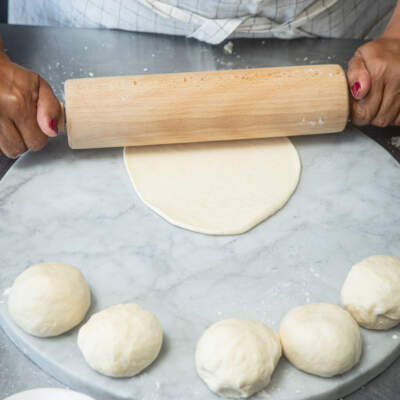
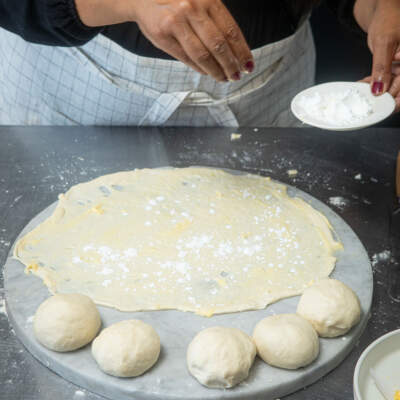

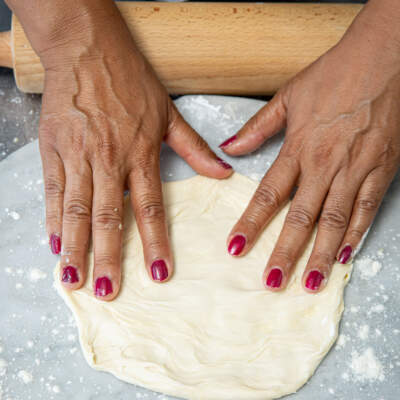
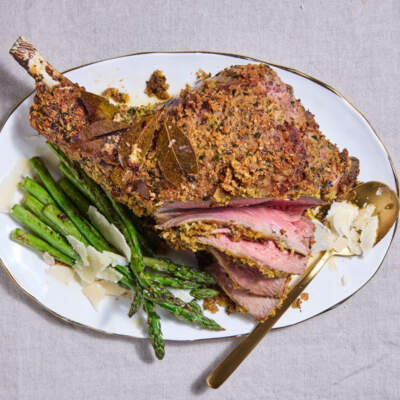
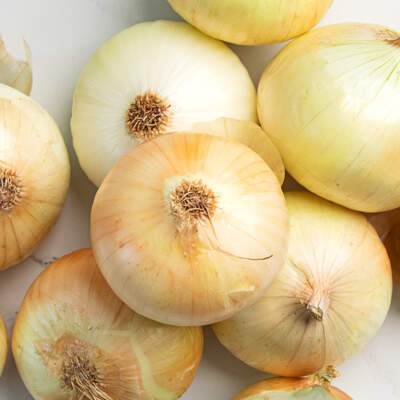



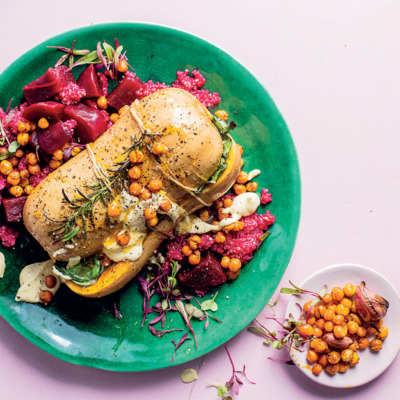

I have very similar memories made with my Mama and used to watch exactly how she made her malay rotis very much like the above recipe. Shukran Fayruza.